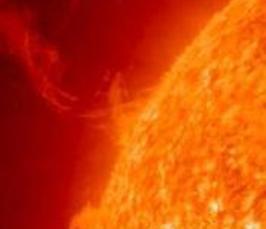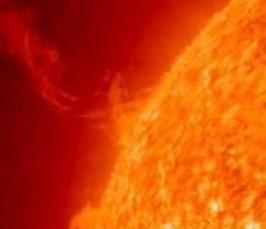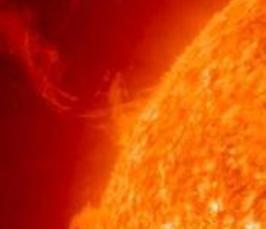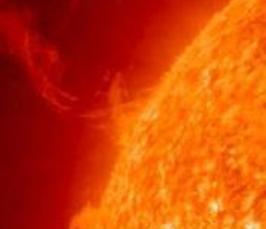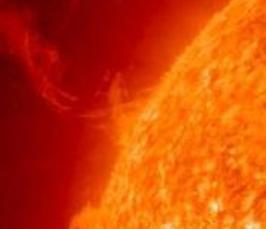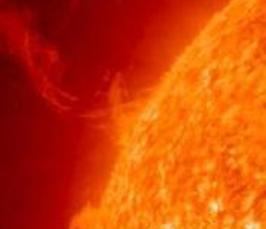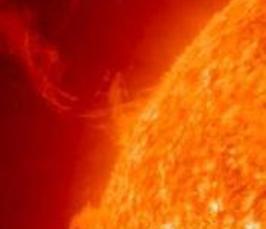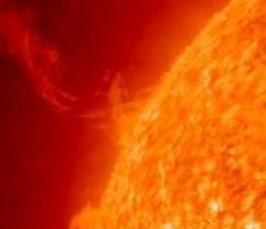The Astronomical Observatory of the Coimbra University has a collection of solar observations on a daily basis, since 1926. We obtain regular observations of the full solar disk using a classical spectroheliograph, in the spectral lines of Ca II and Halpha (this one only after 1989). Until 2007 the acquisition was based on photographic plates and films. This data is digitized and public. Since then, a 12-bit CCD camera is operational. Nowadays, the local weather conditions allows observations in more than 300 days/year. This data is, particularly, suitable for solar cycle studies. In this talk, we briefly present a history of these observations; we discuss recent results using the data; and we present some perspectives for the near future. The ubiquitous presence of small magnetic elements in the Quiet Sun represents a prominent coupling between the photosphere and the upper layers of the Sun’s atmosphere. Small magnetic element tracking has been widely used to study the transport and diffusion of the magnetic field on the solar photosphere. From the analysis of the displacement spectrum of these tracers, it has been recently agreed that a regime of super-diffusivity dominates the solar surface. In this talk we will focus on the analysis of the bipolar magnetic pairs in the solar photosphere and their diffusion properties, using a 25-h dataset from the HINODE satellite. Interestingly, the displacement spectrum for bipolar couples behaves similarly to the case where all magnetic pairs are considered. We also measure, from the same dataset, the magnetic emergence rate of the bipolar magnetic pairs and we interpret them as the magnetic footpoints of emerging magnetic loops. The measured magnetic emergence rate is used to constrain a simplified model that mimics the advection on the solar surface and evolves the position of a great number of loops, taking into account emergence, reconnection and cancellation events. In particular we compute the energy released by the reconnection between different magnetic loops in the nano-flares energy range. Our model gives a quantitative estimate of the energy released by the reconfiguration of the magnetic loops in a quiet Sun area as a function of height in the solar atmosphere, from hundreds of Km above the photosphere up to the corona, suggesting that an efficiency of ~10% in the energy deposition might sustain the million degree corona.
[more]
